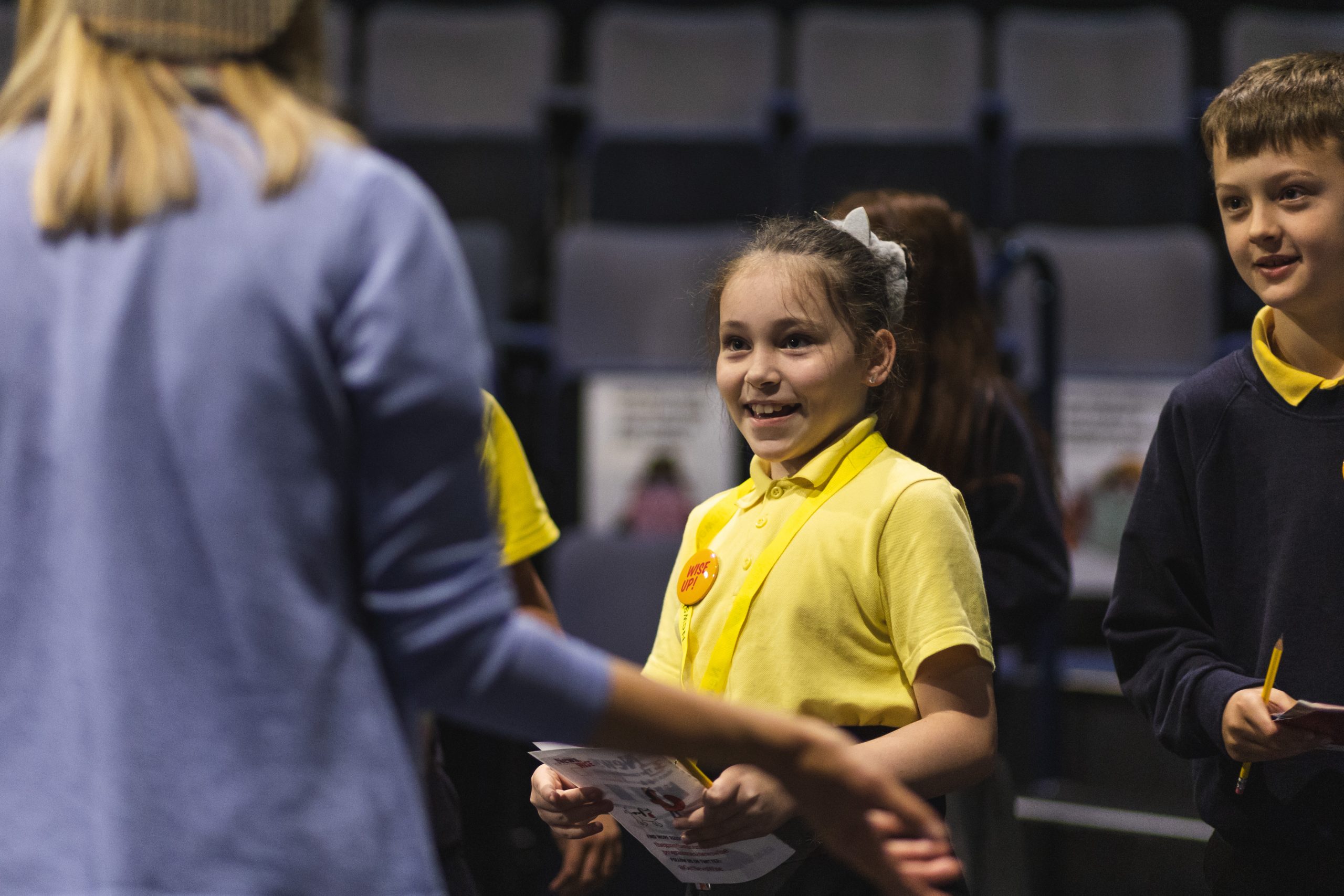By Elli Narewska, Head of Primary Education, The Guardian Foundation
Opinion, rumour and speculation can spread easily via social media. This can help lead to the promotion of false or misleading information during a breaking news story. That’s why learning how to spot the difference between fact and opinion is a vital lesson. Especially as children spend more time online, and increasingly get information via social media, closed messaging apps and video-sharing platforms.
The Guardian Foundation’s NewsWise programme runs in partnership with experts from the National Literacy Trust and the PSHE Association. The programme provides free resources, workshops and training to help you tackle this issue with your primary school pupils. In addition, there are resources for secondary aged students with SEND, made possible by the Department for Digital, Culture, Media and Sport’s Media Literacy Train-the-Trainer Taskforce Fund. Here are our top tips to get you started.
1. Put learning in a real-life context
Our lesson on discerning fact, opinion, rumour and speculation, uses the context of a real breaking news story about a gorilla who escaped from his enclosure at London Zoo, and gives examples of tweets that might appear in this situation.
The news context reinforces the importance of facts; getting children to think about the potential consequences of spreading rumours about an ongoing news story makes it real and gives it purpose. Children can then have a go at producing a 30 second news bulletin to summarise the factual information of the story, underlining that responsible reporting will only use facts!
2. Relate learning to children’s lives
Relate the concepts to examples children can recognise – such as referencing playground gossip as a way to help children understand rumours and their potential impact.
Introduce pupils to the differences between statements of fact and opinion using child-friendly examples. In NewsWise activities, we use different reactions to the proposed opening of a theme park, including: a positive opinion, “It’s going to be amazing!”; some speculation, “they reckon there will be an announcement soon”; a rumour, “I’ve heard it will be somewhere near here”; all contrasting with a factual report, “An official has confirmed in a statement today…”.
Providing vocabulary banks, or creating these as a class, will give language clues to help them identify fact, opinion, speculation and rumour.
3. Question the source
We also need to encourage children to check whether something they hear is from a reputable source before they decide to believe or repeat it. An easy place to start is by looking at who shared the posts. London Zoo is a much more reliable source for information about the gorilla story than @randomname54321. Ask children to consider why this is.
4. Consider the consequences
Further extend the learning by asking children: Why is it important to be able to tell the difference between fact and opinion when online? What would happen if a journalist reported a speculation or rumour as fact? What might someone do as a result of believing a rumour? How could it affect their beliefs? Why might this be a problem?
Next steps:
- Download NewsWise resources and register your interest in the programme.
- Sign up for The Guardian Foundation’s event on fostering resilience by developing young people’s critical media literacy skills on Thursday 27 October.
- Discover our media literacy resources for secondary age students with SEND, funded by the Department for Digital, Culture, Media and Sport.

